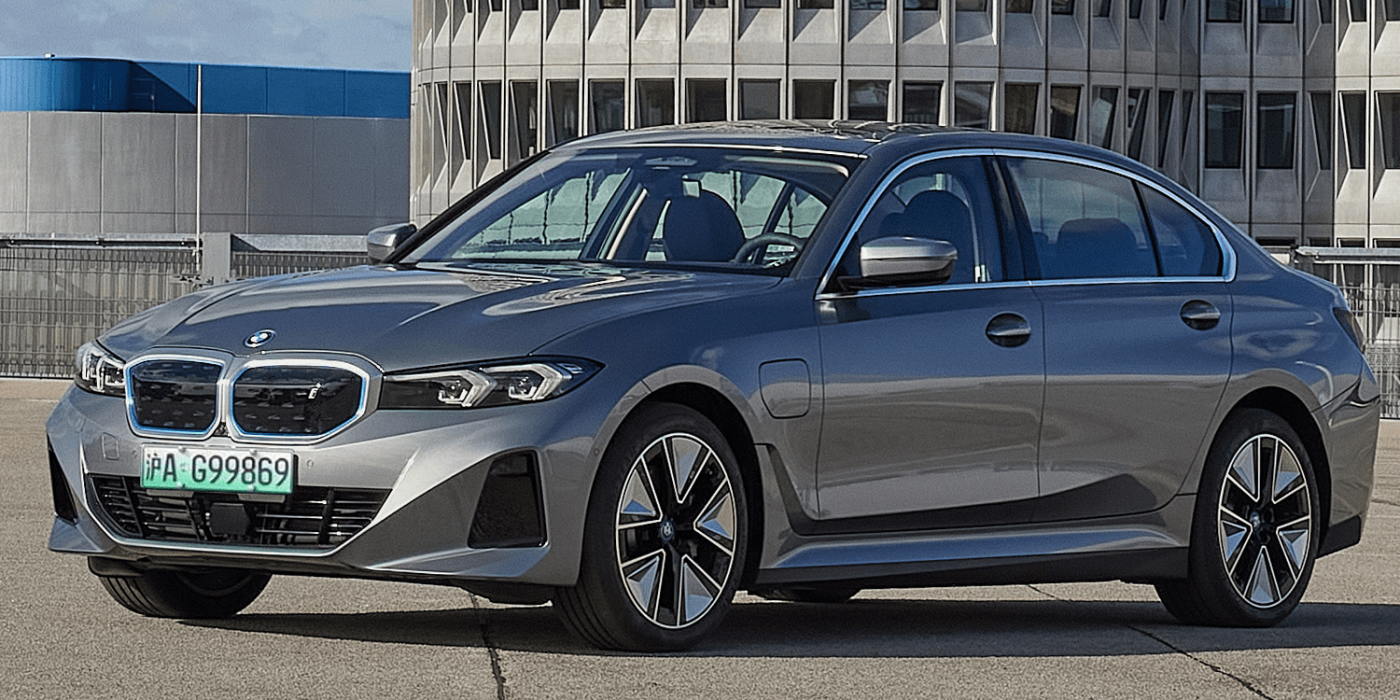Luxury Car Sales In China: The Struggles Faced By BMW, Porsche, And Competitors

Table of Contents
Increased Competition from Domestic Brands
The rise of domestic Chinese automakers represents a significant challenge to established luxury brands. These brands are not only competing on price but also offering increasingly sophisticated technology and appealing designs.
Rise of Chinese Luxury Automakers
Chinese luxury automakers like Hongqi, Li Xiang, and Nio are rapidly gaining market share. Their success stems from several factors:
- Competitive Pricing: Domestic brands often offer comparable features at a lower price point than their international counterparts.
- Advanced Technology: Many Chinese brands are at the forefront of EV technology, offering cutting-edge features such as advanced driver-assistance systems (ADAS) and impressive battery ranges. This is particularly appealing to tech-savvy Chinese consumers.
- Successful Models: Models like the Hongqi H9, Li Xiang One, and Nio ET7 are gaining significant traction, demonstrating the capability of Chinese manufacturers to produce high-quality luxury vehicles. These models often include features such as large touchscreens, panoramic sunroofs and premium interior materials.
- Government Support: Government initiatives and subsidies aimed at boosting the domestic auto industry provide a significant competitive advantage to Chinese brands.
The Appeal of National Pride
A growing sense of national pride is driving Chinese consumers towards domestic brands. This preference is fueled by successful marketing campaigns emphasizing national identity and a desire to support homegrown industries.
- Marketing Campaigns: Many Chinese automakers use patriotic themes and imagery in their advertising, effectively tapping into national sentiment.
- Consumer Sentiment: Surveys consistently show a rising preference for domestic vehicles among Chinese consumers, particularly within the younger demographics.
- Impact on Sales: The increasing popularity of domestic brands directly impacts sales figures for foreign luxury brands, forcing them to reassess their strategies.
Shifting Consumer Preferences and Demands
The Chinese luxury car market is not only becoming more competitive but also increasingly dynamic, with evolving consumer preferences shaping the landscape.
The Electric Vehicle Revolution
The rapid adoption of electric vehicles (EVs) in China presents a major hurdle for traditional combustion engine luxury car manufacturers.
- EV Sales Growth: The sales of luxury EVs in China are experiencing exponential growth, indicating a clear shift in consumer demand.
- Government Incentives: Significant government incentives and subsidies promote EV adoption, making them a more attractive option for many consumers.
- Charging Infrastructure: While challenges remain, the charging infrastructure is steadily improving, addressing a key concern for potential EV buyers.
Technological Advancements and Features
Chinese luxury car buyers are highly discerning, demanding advanced technology, connectivity, and autonomous driving features.
- Desired Features: Features such as advanced infotainment systems, internet connectivity, and autonomous driving capabilities are highly sought after.
- Technological Comparison: Chinese brands are often ahead of the curve in incorporating these advanced technologies, putting pressure on established brands to keep pace.
- Keeping Up with Innovation: The rapid pace of technological advancements makes it challenging for luxury brands to continuously innovate and stay competitive.
Economic and Geopolitical Factors
Economic and geopolitical factors play a crucial role in shaping the luxury car market in China.
Economic Slowdown and Uncertainty
China's economic slowdown and periods of uncertainty have a direct impact on consumer spending, particularly in luxury goods.
- Economic Indicators: Factors such as GDP growth, inflation, and unemployment rates directly influence consumer confidence and purchasing decisions.
- Trade Tensions: Trade disputes and tariffs can increase the cost of imported vehicles, impacting their competitiveness.
- Consumer Confidence: Lower consumer confidence translates into reduced demand for luxury items, including luxury cars.
Regulatory Hurdles and Import Tariffs
Stricter emission standards and import regulations impose significant challenges on foreign luxury car brands.
- Regulatory Hurdles: Navigating complex regulations and obtaining necessary certifications can be time-consuming and costly.
- Import Tariffs and Taxes: High import tariffs and taxes increase the final price of imported vehicles, making them less competitive compared to domestically produced cars.
- Adapting to Regulations: Luxury car manufacturers must develop strategies to meet evolving regulatory requirements and mitigate the impact of tariffs.
Conclusion
The Chinese luxury car market is undergoing a dramatic transformation. While it remains a lucrative market, the struggles faced by BMW, Porsche, and other international brands highlight the need for adaptation and innovation. Successfully navigating this evolving landscape requires understanding the rise of domestic competition, shifting consumer preferences towards EVs and advanced technology, and adapting to economic and geopolitical factors. To maintain a competitive edge, luxury car manufacturers must prioritize localization, invest heavily in R&D for electric vehicles and advanced technologies, and tailor their marketing strategies to resonate with the unique demands of the Chinese consumer. Understanding the nuances of the luxury car sales in China market is crucial for future success. Don't fall behind – analyze the current trends in China's luxury car market and adapt your strategy accordingly.

Featured Posts
-
 Mlb Dfs Lineup Advice May 8th Sleeper Picks And Player To Avoid
May 16, 2025
Mlb Dfs Lineup Advice May 8th Sleeper Picks And Player To Avoid
May 16, 2025 -
 Athletic Club De Bilbao Stay Updated With Vavel Usas Comprehensive Coverage
May 16, 2025
Athletic Club De Bilbao Stay Updated With Vavel Usas Comprehensive Coverage
May 16, 2025 -
 Future Of Foot Locker Leadership Analyzing Executive Changes
May 16, 2025
Future Of Foot Locker Leadership Analyzing Executive Changes
May 16, 2025 -
 Nhl 25 The Arcade Mode Comeback
May 16, 2025
Nhl 25 The Arcade Mode Comeback
May 16, 2025 -
 Padres Vs Cubs Key Matchup To Watch In The 2025 Home Opener
May 16, 2025
Padres Vs Cubs Key Matchup To Watch In The 2025 Home Opener
May 16, 2025
